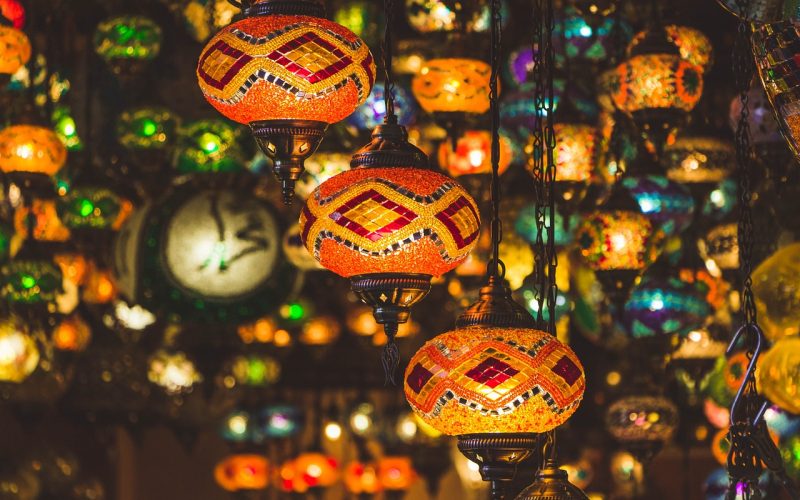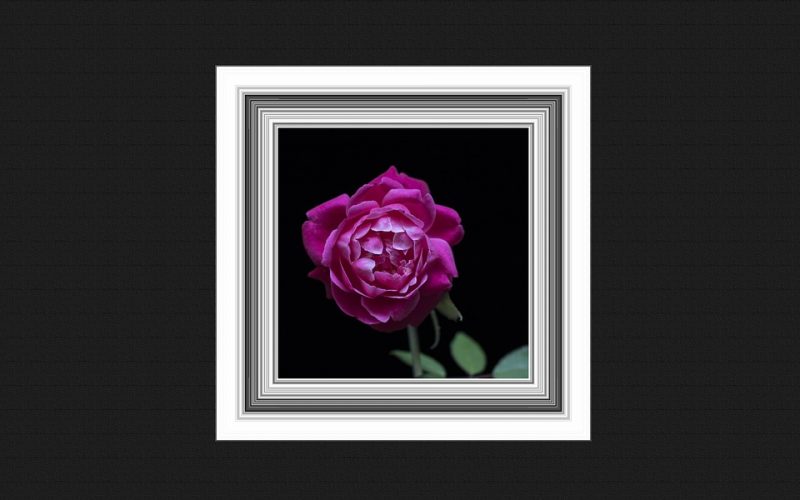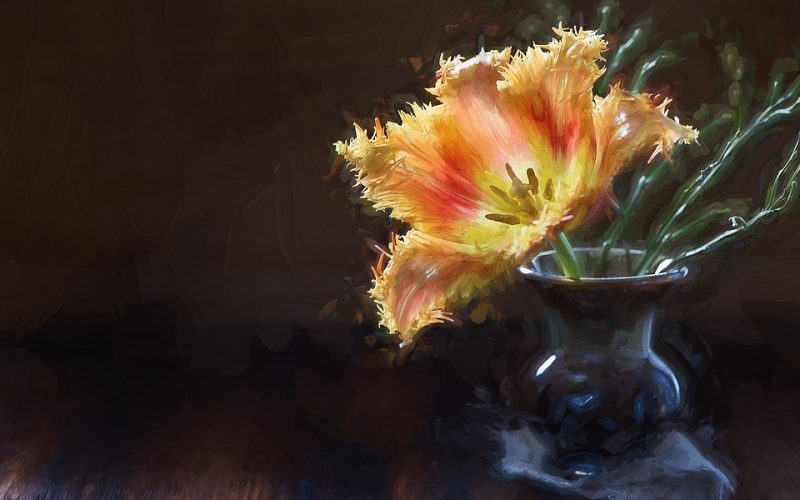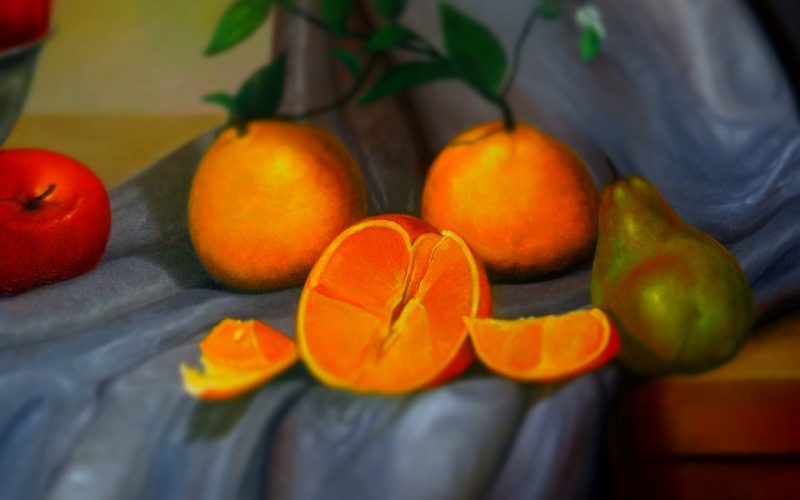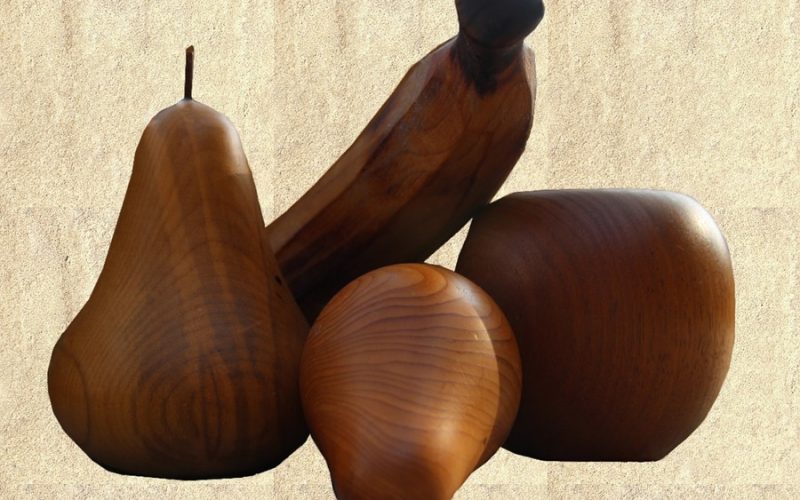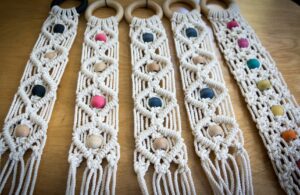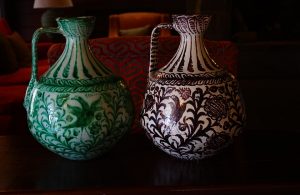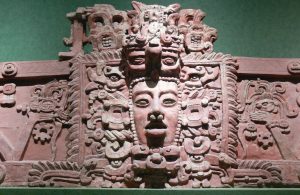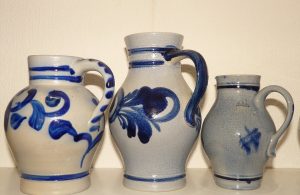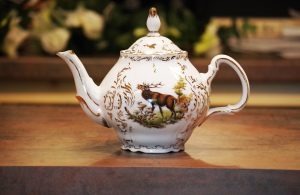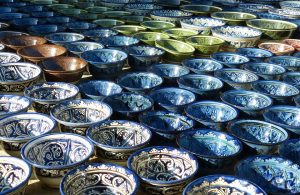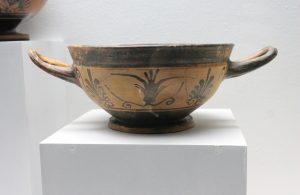Ceramic Art Styles
The creation of ceramic pieces in ancient times was often utilitarian, but advances in civilization made decoration part of many cultures in this medium. Art was added as a finishing touch in some early civilizations, but creating ceramics as art alone became popular mostly in the modern world. Each of these styles had their own uses, and the combining them has often had an important effect on civilization.
When man first began making ceramics, their manufacture was completely utilitarian. They made pieces for food preparation and storage. Ceramics are not a product of hunter-gatherer cultures because they are too heavy and awkward to move with a tribe, so they help define the beginnings of early civilizations even when undecorated. There was little time to waste on decoration of any objects, but man had already begun forming societies and looking for new ways of life.
As civilizations flourished across the globe, decorating useful objects became an integral part of many developed societies. Ceramics were one of the first areas where artisans created pleasing patterns, and they often found their work was in more demand when they did. Some societies created their own unique patterns, and they are still identified by them today. The artists worked with local colours and materials, often creating complex designs on useful objects, and their work was used as a trade item to enhance the ability of their society to thrive.
Modern ceramics are not necessarily created for utilitarian purposes, and many artists today create pieces simply as adornments for display. These art sculptures have value of their own, and their lack of usefulness for food storage or preparation is not at issue. They serve an entirely different set of values for society, but they are useful in defining a high level of society that provides ample leisure for creative endeavours.


